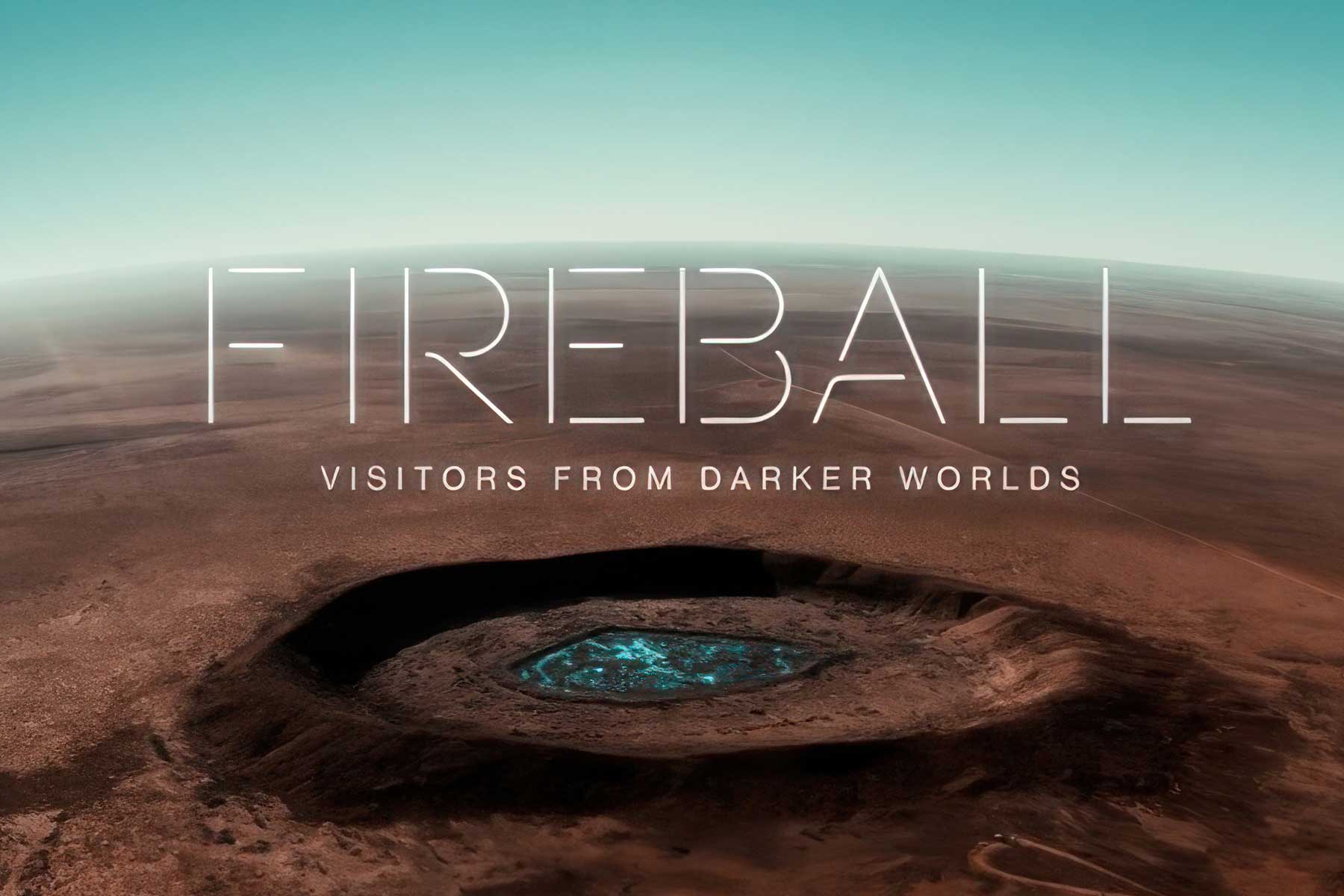DD: The Toronto International Film Festival has been the gateway for serious filmgoing since at least American Beauty started up north in September 1999 and went all the way to the Oscars in February the next year. This 45th edition, which ran for 10 days and closes this weekend, has been unlike any other in its history. Our film critic, Harlan Jacobson, has a rundown for us.
HJ: Well, I’m in Toronto in spirit, as this critical North American gateway festival went virtual for most of its participants from around the world.
In normal years, worth about $200 million to the city and province, the fest this year mounted screenings for locals only under Ontario provincial pandemic protocols of 50 people per auditorium. And it went out to drive-ins. I suppose like other drive-ins around North America, including some that will be pressed into service in NY for the upcoming NY Film fest, Toronto’s outdoor venues suddenly found themselves snatched back from the jaws of flea market hell and repurposed to the glory years of showing films at night to puzzled kids in pajamas. Only now it’s the same people in pajamas—they’re just 60 years older.
Since the mid-80s, I’ve never missed attending Toronto, until this year when it offered its selections on a digital platform. That speeds up the pace of how the filmed entertainment industry moves forward and the argument about how much and at what scale will the evolving narratives be devoted to audiences inside bricks and mortar, and how much to anyone and everyone anywhere with a smart tv hanging from the wall of their yurt in the Ural mountains?
If Canada is anything, it is about democratizing resources, at the same time that it has a healthy regard both for respecting form–and breaking out of it. What Toronto did this year just about describes where we all are watching the industry retool itself.
The Main festival offerings have been distilled downwards for the past few years from the 300s to the mid 200s, and this pandemic year to about 50 some films. There’s been enough to see, including a few titles taking aim at the Oscars, and which will roll out –somehow –over the next three months.
I liked Werner Herzog’s Fireball: Visitors from Darker Worlds, which tracks the common meteor from outer space to strikes around the world. It has the zeitgeist. It continues the collaboration between the indestructible German-born Herzog, now 78, one of the greatest rogue filmmaking adventurers of all time— from Aguirre the Wrath of God through Grizzly Man, and Cambridge University Volcanologist Clive Oppenheimer, who collaborated together four years ago on Into the Inferno, which just about scared the pants off everyone about volcanos. With Oppenheimer as the face in front of the camera and Herzog narrating—there is something so comforting in Herzog’s Germanically spare voice—the pair rocket all over the world. This is a nerd tour of the world, with an almost Ringling Bros Barnum and Bailey parade of meteor dust chasers. Oppenheimer, who looks a bit like the late Gene Wilder, perfectly coaxes legion of quiet men and women to get their rocks off and show the audience why being a meteor chasing astronomist is wonderful and being a lawyer, or doctor is boring. This is way bigger stuff!
The film starts at the Day of the Dead celebration in the Yucatan where a meteor millions of years ago took out the dinosaurs. It proceeds on to strikes in Mecca built on a meteor strike, the Australian outback, to Alsace where there’s a local meteor fan club of oldies, to Oslo where an amateur geologist and classical musician, Jon Larsen, practically vibrates confessing that “Meteor dust is the currency of the cosmos.” It stops in with a structural genius at Princeton, then flies off to Rajasthan and a Hindu temple, down to that meteor hit in Mexico that Herzog says is the most godforsaken cinder block beach resort on earth.
We stop in Castel Gandolfo, the summer home of the Pope and an astro-observatory run by an American priest snatched from an academic career at Georgetown. We go out to NASA’s Planetary Defense advance warning meteor telescope—who knew it existed?– with a billion pixel camera (my smart phone has 12 mega pixels) on Maui. They’re looking for incoming. We pop in on people doing great stuff in Phoenix—I don’t even remember what they were doing. Finally out to an encampment of S. Koreans in Antarctica, eating kimchee in their cafeteria, and led by one meteor scientist who turns hotter than Yuri for Lara in Doctor Zhivago over finding a black stone the size of a grapefruit in the middle of the white continent.
Cinematographer Peter Zeitlinger does beautiful work on a subject that lends itself to beauty. And the film ends with what it re-casts as a spiritual journey, on an island off the New Guinea coast with a ragtag bunch of Polynesians re-learning a fire dance for the camera their village forgot 50 years ago to the meteor god who sent their ancestors a fire rock once upon a time from a galaxy far, far away. Herzog and Oppenheimer look like they’re leading the locals to a conclusion here: “I’m watching you,” the islanders thought God was telling them, “because you’re mine.”
Herzog and Oppenheimer take better trips than we do and give us one hell of a ride. I only wish I could have seen it in Toronto. And I’m Harlan Jacobson.


